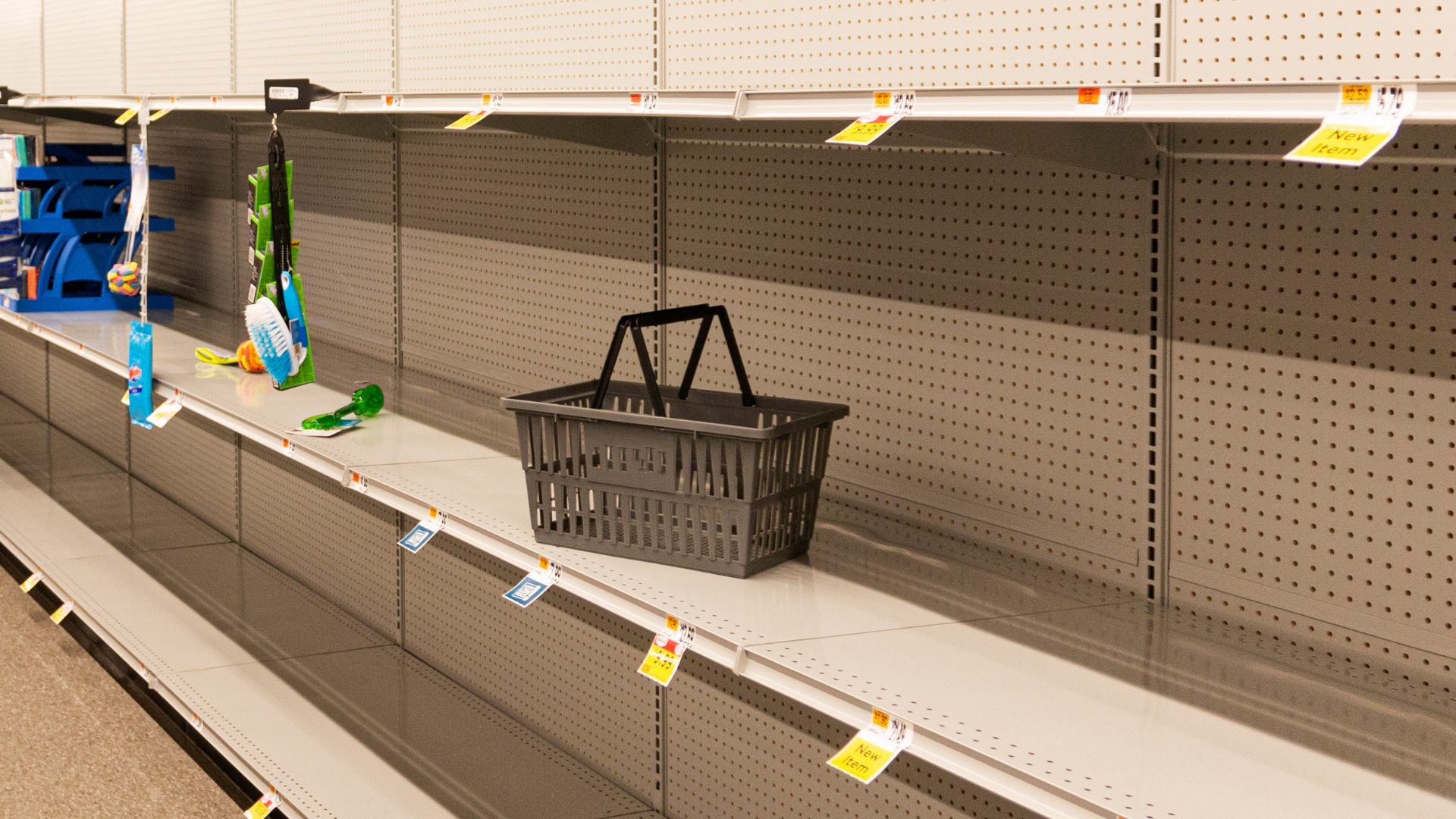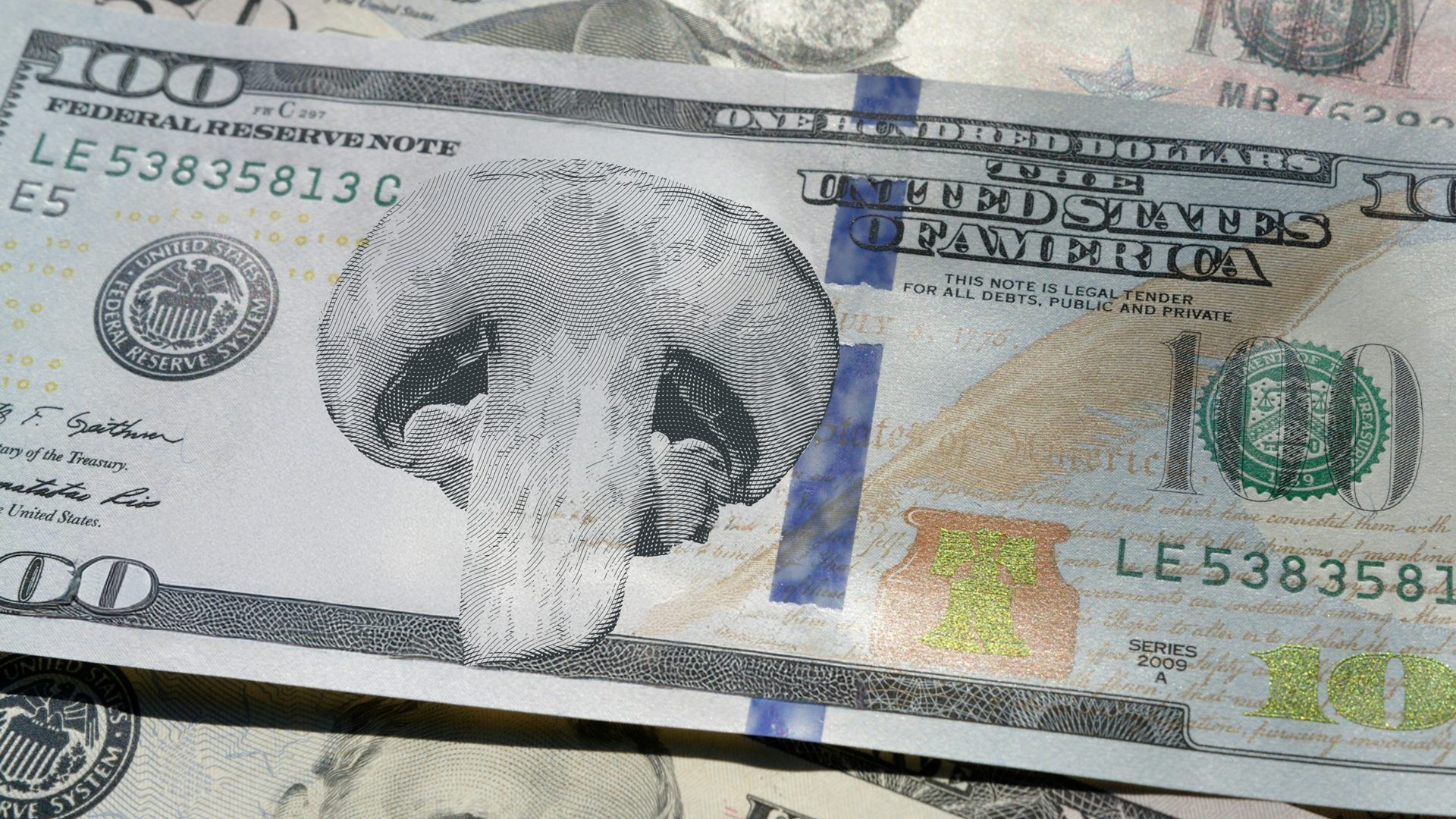The Treasury Department recently announced the U.S. Mint will end penny production as soon as it runs out of blanks, which could happen as early as next year. It has been producing the coin since 1792.
The question is what this means to prices as retailers try to figure out whether to round up or down.
Reilly Newman, brand strategist and founder at Motif Brands, told The Food Institute he doesn’t think retailers will be doing much price adjusting at all since credit card transactions are so common.
“Adjusting prices would not be worth sacrificing the psychological benefits of these types of prices. The 97 cents, 99 cents, etcetera., pricing has proved too effective when framing the offering for price-sensitive audiences,” Newman said. “This has even become a common tactic for pure digital platforms like the app store and Uber.”
The Treasury said it expects to save $56 million initially in reduced material costs and by reducing production facilities. The Wall Street Journal reported the federal government lost more than $85 million last year on the 3 billion pennies it produced while it is estimated Americans toss $68 million of the little disks annually. An estimated $14 billion are sitting in coin jars.
People will still be able to use pennies in cash transactions.
Philip Carls, a former Walmart executive, said just 16% of U.S. transactions in 2024 were made in cash, down from 35% in 2015.
“This represents 5% of volume, according to the Federal Reserve’s Diary of Consumer Payment Choice — or even less when we consider that people buy baskets of items, including a range of price points,” told FI.
“Changing the manufacturer’s suggested retail price is a lot of work from suppliers,” he added. “At the end of the day, businesses are going to do what makes the most money. If 99 cents works, they’ll stick with it. There’s no need to fix what’s not broken.”
Canada eliminated the penny in 2012.
University of Michigan political scientist Michael Montgomery said the Canadian decision led to nearly every transaction being rounded up.
“While paying an extra penny on a few purchases is no biggie, paying an extra penny on every purchase will add up for consumers. And, of course, the unbanked doing business in cash will be hit hardest,” Montgomery said
Javier Palomarez, founder and CEO of the United States Hispanic Business Council, said he doesn’t expect the elimination of the penny to have much of an impact since pennies make up less than 0.01% of the money in circulation.
“However, one potential pitfall is that halting penny production increases the demand for nickels, which cost nearly 14 cents to produce,” Palomarez said.
The Food Institute Podcast
Several economic headwinds indicate the consumer is being financially stretched, but we all need to eat – so what are consumers actually buying at the grocery store? Nik Modi of RBC returns to The Food Institute Podcast to discuss channel differentiation, consumer product selection, and other macro trends.











